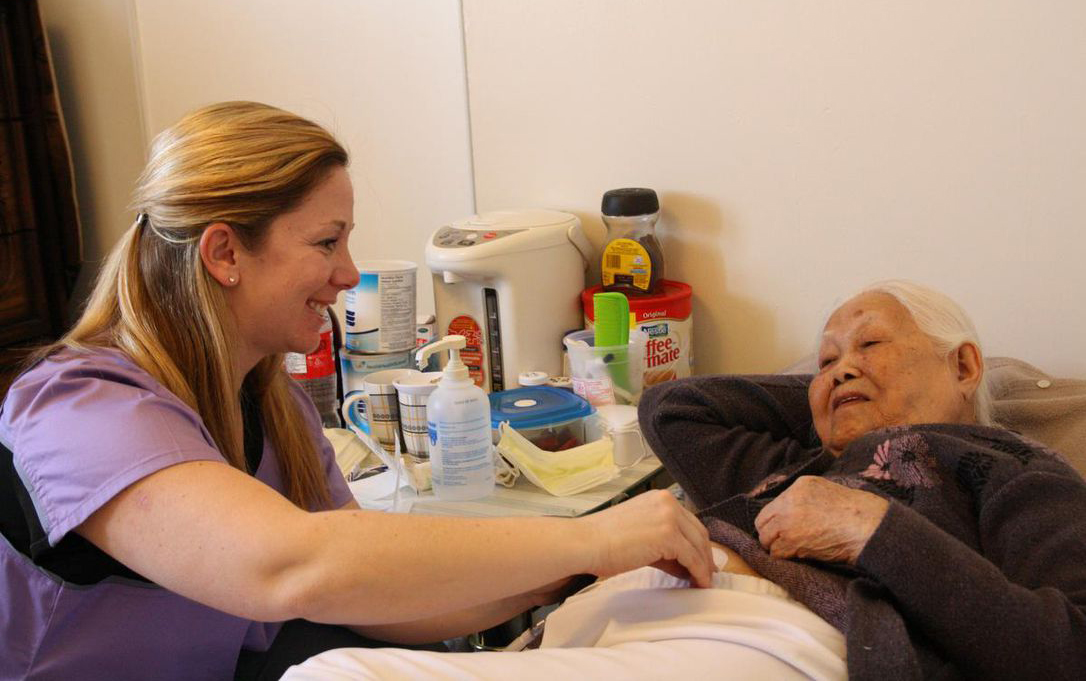HealthcarePapers 18(1) July 2019 : 4-7.doi:10.12927/hcpap.2019.25875
In their lead essay, Born, Huynh and Levinson reflect on Choosing Wisely Canada’s (CWC) five-year journey and the remarkable success it has achieved in universal recognition of unnecessary care as a problem in Canadian healthcare. The leaders of CWC have worked at a grassroots level with national physician societies to create relevant and practical recommendations for how the value of care can be improved.
Born et al. present a compelling story of the transformation that Levinson catalyzed by taking on the leadership of CWC in 2014. The fact that CWC has made it to the “big leagues” of health policy interventions is highlighted by the Kaplan panel liberally referencing CWC in the Phase I Binding Arbitration Panel award that ended years of dispute between the Government of Ontario and the Ontario Medical Association.
The Kaplan panel (chaired by Bill Kaplan) considered the growth of health spending in Ontario and accepted the government submission that sustainability of the health system depends on identifying and reducing low-value care. Referring to CWC, the panel created an “Appropriateness Working Group” (AWG) with the government, the Ontario Medical Association and the arbitrator was able to identify $480 million of savings in Ontario physician fees using appropriateness criteria to reduce low-value services. The AWG is an advanced and forward-thinking response to the lead article and responsive pieces provided in this important publication.
Born et al. describe how CWC got its start and how the task of reducing low-value care has been taken up by more than 70 physician societies representing more than 90% of Canadian doctors. In addition, the Royal College of Physicians and Surgeons has stated in its CanMEDS definitions that stewardship is an important professional competency. Beyond the publication of more than 300 recommendations to reduce unnecessary care, Born et al. speak to the need for the next stage of CWC. This next step involves recruitment of partners who will not only describe low-value care but also help implement reductions to unnecessary services that will allow for a sustainable health system. The responsive articles in this piece expand the concept of implementation.
Chugh and Naidoo remind us that like most aspects of healthcare policy, choosing wisely is different in rural and northern healthcare. Reducing unnecessary travel for care is important in the south because it represents an inconvenience for patients and families. But in the north, travel is a major expense that contributes to the territories having a much higher per capita cost of care than the south. The authors focus on structural integration of care, represented by both adoption of a common electronic medical record across the region and elimination of regional health authorities for a single administrative unit (Northwest Territories Health and Social Service Authority), which helps promote standardization of care that reduces the need for travel. The lack of fee-for-service care is an advantage for eliminating low-value services in the north, but high turnover of staff can work against the success of Choosing Wisely Northwest Territory.
Both Grundy and Lexchin urge CWC to consider the impact of corporate behaviour in promoting product use that may increase low-value service. Lexchin especially supports the concept that physicians should be better educated about the impact of corporate influences, especially on their prescribing habits.
Grundy reminds us that corporations spent nearly $1 billion between 2013 and 2016 on pharmaceutical promotion. She also warns about the influence of company representatives on the overuse of medical devices when allowed to offer advice in interventional areas and about the importance of “sunshine regulation” to expose payments made to clinicians who support products in “educational” formats.
Lexchin reminds us of the devastation resulting from corporate promotion of rofecoxib and oxycodone and recounts the evidence that the more doctors rely on pharmaceutical advertising, the worse are their prescribing habits. Both Grundy and Lexchin suggest that CWC should speak to corporate influences as part of the campaign to reduce low-value care.
Ellen and Wilson reassure us that solving unnecessary care is a complex rather than a wicked problem and urge that a strategic approach to implementation is needed for CWC. They prescribe a bottom-up, grassroots approach of defining low-value care that corresponds to the CWC approach of working with medical societies to date. They suggest a quality improvement approach of “plan-do-study-act” cycle improvements, with measurement and communication fundamental to improving appropriateness. Relevant to the earlier reference to the Ontario AWG, Ellen and Wilson also insist that the government must be involved and that physician compensation incentives and disincentives must be considered in improving the value of care. Ellen and Wilson invoke the importance of behavioural change theory in developing implementation plans and mention audit and feedback loops as crucial enablers in changing clinical behaviour.
Ivers and Desveaux continue the theme of clinician behavioural change in reducing low-value care delivery and speak to the value of physician-led audit and feedback to change engrained clinical habits. They reflect on the advantage of CWC as a clinician-led movement that can recognize in advance the usual clinical response to practice audit information: “it’s wrong, it’s stupid, my patients are different.” They suggest that using organizational learning techniques such as Alberta’s Physician Learning Program and focusing on group learning opportunities will engage a more enthusiastic response to using audit and feedback in improving value of care in individual practice.
Forster and Ryer echo the need for implementation of CWC principles and suggest that physician compensation, system transformation and defining the value of technology should all be part of the strategy. They speak to the importance of the Triple Aim and measuring healthcare interventions for their impact on all three aims in assessing change. They recommend changing our fee-for-service compensation paradigm to one that rewards value creation rather than task completion. Finally, they predict that rewarding clinicians for achieving Triple Aim goals will enhance achievement of the Quadruple Aim “added goal” of increased provider satisfaction and well-being.
Ho expands on the implementation science opportunity to increase CWC impact by describing the DECIDE framework for digital devices that encourage higher value services. In brief, Ho makes a plea for the use of digital enablers that provide a digital mirror for clinicians, use an ethical lens in adoption of digital resources, invite competition among private technology providers for product introduction, insist on interoperability across various platforms in defining value and look to discovery in promoting innovative digital tools that can be shown to enhance value creation.
As Canada reflects on the sustainability of a publicly funded system that must respond to the challenges of an aging population, the importance of reducing low-value care becomes increasingly relevant. Low-value care is at best inconvenient to patients and at worst can be dangerous. Equally important, low-value care represents an expense that can be reduced to allow our system to not only survive but also to thrive.
That brings us to the concluding plea for a strategy that engages patients, governments and medical associations in focusing on the opportunities offered by CWC.
Virtually every author in this issue comments on the importance of citizen education in understanding the importance of CWC principles. Governments must speak to the importance of enhancing the value of care, and politicians cannot be intimidated by the threat that voters will not tolerate unnecessary services being “delisted” or reduced. Governments, politicians and clinicians must be brave leaders in stating that our system is sustainable only if we carefully analyze the value and advisability of every service provided.
This returns us to the example mentioned earlier in this discourse regarding the Kaplan panel. Citizens are more likely to trust decisions that are made in concert by physicians and ministries of health, and the parties will better focus on this tough work if the decision is backstopped by an educated arbitration resource.
The current AWG example in Ontario will be a strong enabler for implementation of CWC principles. The adoption of a concrete financial target is compelling, and with the recognition by CWC that 30% of all Canadian medical services may be unnecessary, there is little doubt that the 4% savings goal mandated by the Kaplan panel should be achievable. This approach to sustainability of health system spending has been successful in Alberta and will likely be a focus of further work between provincial medical associations and ministries.
Reducing low-value care will enable health system spending to grow at a more affordable rate that allows governments to consider fair compensation increases for effective physician services. Aligning physician associations with government analysts to determine how to improve service value is potentially the most important aspect of increasing “top-down” focus on CWC principles.
And if citizens and patients are also aligned to this value-creating strategy, the opportunity for CWC to truly improve sustainability in the Canadian health system is simply inspiring.
References
Born, K., T. Huynh and W. Levinson. 2019. “Reflecting on Choosing Wisely Canada at Five Years: Accomplishments, Challenges and Opportunities for Reducing Overuse and Improving Quality.” Healthcare Papers 18(1): 9–17. doi: 10.12927/ hcpap.2019.25874.
Chugh, P. and S. Naidoo. 2019. “Choosing Wisely in the Northwest Territories: A Case for Thinking Beyond the Test in Rural and Remote Northern Communities.” Healthcare Papers 18(1): 18–24. doi: 10.12927/hcpap.2019.25873.
Ellen, M.E. and Wilson, M.G. 2019. “Choosing Wisely: An Important Step in the Right Direction to Addressing Overuse of Health Services.” Healthcare Papers 18(1): 35–40. doi: 10.12927/ hcpap.2019.25870.
Forster, A.J. and A. Ryer. 2019. “Choosing Wisely Canada Must Do More Than Recommend Wise Choices.” Healthcare Papers 18(1): 48–54. doi: 10.12927/hcpap.2019.25868.
Grundy, Q. 2019. “Choosing Wisely in the Context of Corporate Influence.” Healthcare Papers 18(1): 25–9. doi: 10.12927/hcpap.2019.25872.
Ho, K. 2019. “Choosing Digital Technologies Wisely: Six Dimensions to DECIDE.” Healthcare Papers 18(1): 55–61. doi: 10.12927/hcpap.2019.25867.
Ivers, N.M. and L. Desveaux. 2019. “De-implementation of Low-Value Care: Audit and Feedback Wisely.” Healthcare Papers 18(1): 41–7. doi: 10.12927/hcpap.2019.25869.
Lexchin, J. 2019. “Choosing Wisely Canada Needs to Start Helping Doctors to Understand How Commercial Influences Affect Their Prescribing.” Healthcare Papers 18(1): 30–4. doi: 10.12927/ hcpap.2019.25871.







